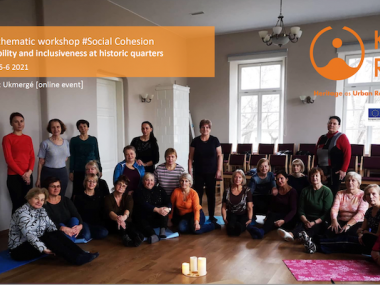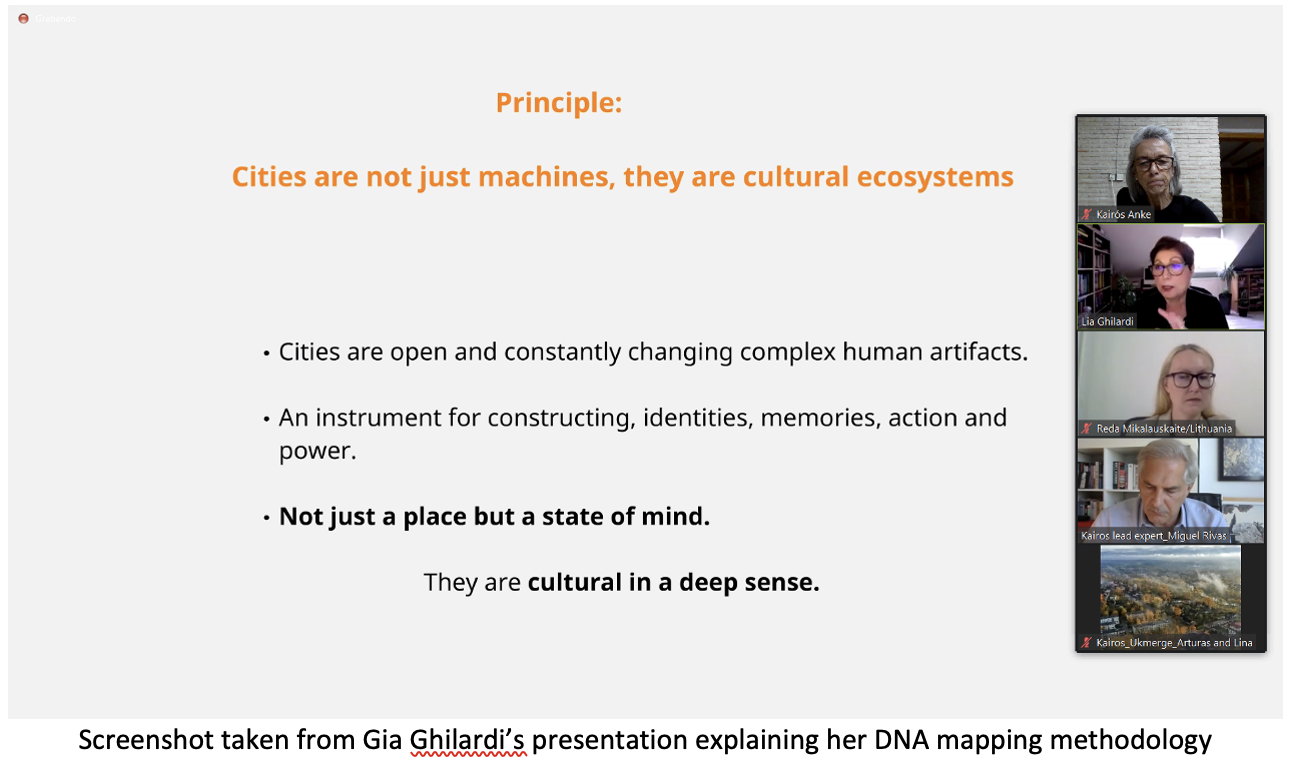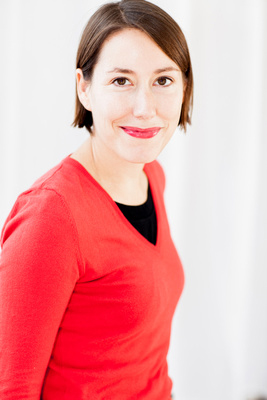KAIRÓS Thematic Workshop on Social Cohesion hosted by the partner city of – Ukmergė
Edited on
14 October 2021Under the encompassing title Accessibility and inclusiveness at historic quarters, on 5 and 6 October 2021 the fourth and final KAIRÓS digital thematic workshop took place and gathered more than 45 representatives of our partner cities as well as other international stakeholders interested in topics around heritage cities and social inclusion. The event was hosted by our partner city of Ukmergė and developed and conducted by URBACT ad-hoc expert Lia Ghilardi with the support of the KAIRÓS Lead Expert, Miguel Rivas. It looked at engagement and access to culture and heritage as primary aims of a cohesive and inclusive society.

Rebuilding inclusive places also means providing a good quality of life for all and offering opportunities for civic engagement or sense of belonging. Heritage is the foundation to the cultural, social and economic exchanges that contributed to creating the socio-spatial context of today. In this sense, it can be a source of inspiration for creativity and innovation and a resource for people and communities to find their common ground, try new solutions and rebuild the future. And as Lia Ghilardi put it “this will be all the more important f0r small and big cities alike who have lost their call during the pandemic.”
The first day started off with the welcoming words of Ukmergė´s Mayor Rolandas Janickas. His address initiated the session of the local KAIRÓS team showcasing their city at the hand of a dynamic video presenting the city’s key sites, followed by a presentation on the evolution of Ukmergė from past to present and the display of a promotional campaign combining local arts and storytelling into an attractive city walking route.

This introductory session was followed by Lia Ghilardi exposition of her cultural and urban DNA mapping method, which in this case was applied to Ukmergė, efficiently implemented by the local team and reflected in a comprehensive result report.
According to this method, the first step is to identify the DNA of an urban territory that connects the community. “Cities are not just machines that can be fixed in a simple way when they are broken. They are ecosystems which are in constant change and open to new influences,” Lia underlined. They are made of the interaction of the people living there, the geography and the history of the place.
Subsequently, the question of housing and how to restore life to the housing stock of historic quarters by working with the local community were addressed with examples from Bolzano, and Porto on affordable community-led housing. The day ended with a final session on reusing heritage assets to provide new opportunities for local and community development. The participants learned more about remote working initiatives and community hubs in Palermo as well as the curated temporary use of abandoned buildings in Riga.
The second day continued with a session on making heritage accessible for all with a presentation of the contemporary arts initiative Manifesta 12 in Palermo which contributed considerably to the regeneration process of the heritage city as well as a presentation from KAIRÓS partner city of Cesena (Italy) on their bottom-up initiatives to revitalize the city through cultural actions.
Some recommendations and key messages of the two days:
Study the contexts and needs of the population properly (through a mapping exercise)
Involve different stakeholders even if this slows down the processes
We need to change the mindset of the people managing these participatory and regeneration processes
This will be a winwin-situation for all actors involved and you should not be afraid of failure.
There is not a “one size fits all” solution, there are several solutions.
We need the right policies to back these changes

 Submitted by Dorothee Fischer on
Submitted by Dorothee Fischer on
